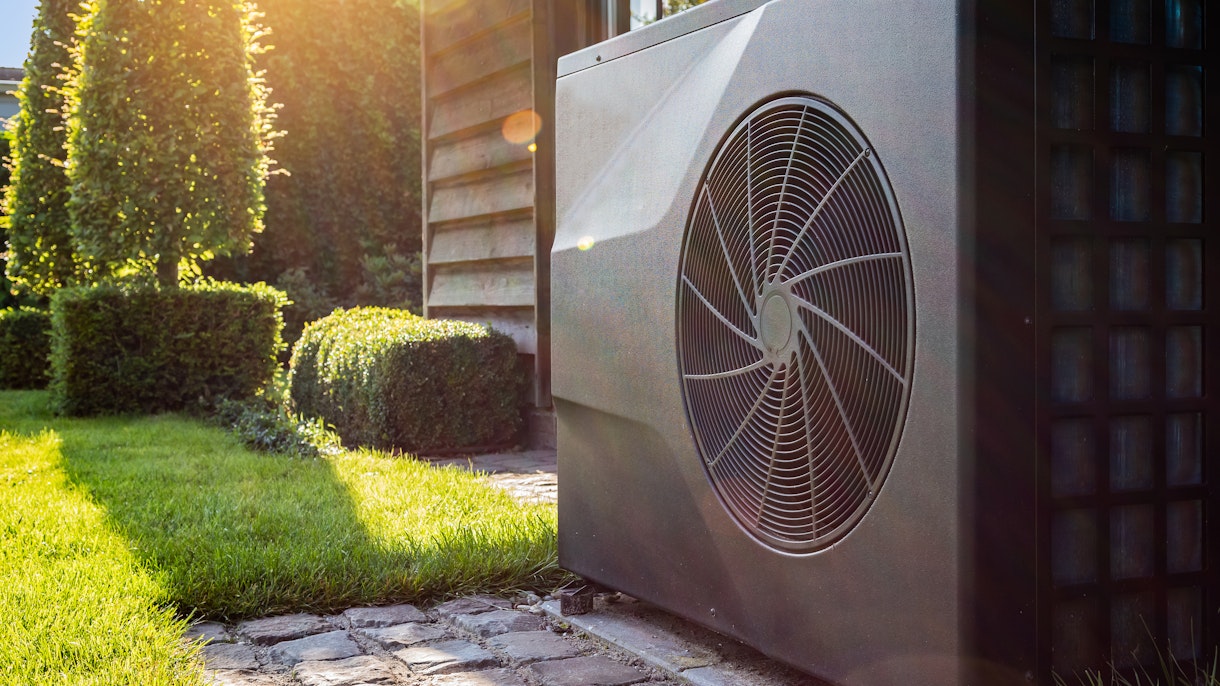The global energy crisis is driving a surge in heat pumps, bringing energy security and climate benefits
News

Sales set to hit new records, helping save energy and emissions, but policy action is needed to unblock bottlenecks such as upfront costs and training workers
Worldwide sales of heat pumps are set to soar to record levels in the coming years as the global energy crisis accelerates their adoption, the International Energy Agency says in a new special report released today.
The heating of most buildings around the world – such as homes, offices, schools and factories – still relies on fossil fuels, particularly natural gas. Heat pumps are a hyper-efficient and climate-friendly solution, which help consumers save money on bills and enable countries to cut reliance on imported fossil fuels, according to the IEA special report The Future of Heat Pumps, the first comprehensive global outlook on the subject.
The heat pump market has been growing strongly in recent years, due to falling costs and strong incentives. Global heat pump sales rose by nearly 15% in 2021, double the average of the past decade, led by the European Union where they rose by around 35%. Sales in 2022 are set to hit record levels in response to the global energy crisis, especially in Europe where some countries are seeing sales double in the first half of 2022 compared with the same period last year.
Annual sales of heat pumps in the EU could rise to 7 million by 2030 – up from 2 million in 2021 – if governments succeed in hitting their emissions reduction and energy security goals. Heating buildings accounts for one-third of EU gas demand today. Heat pumps could reduce that demand by nearly 7 billion cubic metres (bcm) in 2025 – roughly equal to the natural gas supplied via the Trans Adriatic Pipeline in 2021. This annual gas saving would grow to at least 21 bcm by 2030 if EU climate targets are met.
“Heat pumps are an indispensable part of any plan to cut emissions and natural gas use, and an urgent priority in the European Union today,” said IEA Executive Director Fatih Birol. “The technology is tried and tested, even in the coldest of climates. Policy makers should be putting their weight behind this technology that is witnessing unprecedented momentum at the moment. Heat pumps will be central to efforts to ensure everyone can heat their homes this winter and next, to protect vulnerable households and businesses from high prices, and to meet climate objectives.”
Heat pumps typically cost less over their lifetimes than fossil fuel boilers, thanks to their higher efficiency. At today’s energy prices, annual energy bill savings for households that switch to heat pumps can range from USD 300 in the United States to USD 900 in Europe.
Government policy support is needed, though, to help consumers overcome heat pumps’ higher upfront costs relative to alternatives. The costs of purchasing and installing a heat pump can be two-to-four times as much as those for a gas boiler. Financial incentives for heat pumps are already available in over 30 countries, which together cover more than 70% of heating demand today. Many of them also provide additional support to low-income households where energy savings from a heat pump can be significant, ranging between 2% and 6% of household income.
In a scenario in which all governments achieve their energy and climate pledges in full, heat pumps become the main way of decarbonising space and water heating worldwide. The IEA estimates heat pumps have the potential to reduce global carbon dioxide (CO2) emissions by at least 500 million tonnes in 2030 – equal to the annual CO2 emissions of all cars in Europe today. Leading manufacturers are seeing promising signs that today’s momentum and policy support could put the industry on a trajectory that triples sales by 2030 – and they have accordingly announced plans to invest more than USD 4 billion in expanding heat pump production and related efforts, mostly in Europe.
Opportunities exist also for heat pumps to provide low-temperature heat in industrial sectors, especially in the paper, food and chemicals industries. In Europe alone, 15 gigawatts of heat pumps could be installed across 3 000 facilities in these three sectors, which have been hit hard by recent rises in natural gas prices.
The rapid expansion of heat pumps presents some challenges, but the report highlights solutions to these barriers. Heat pumps will inevitably increase electricity demand, though energy efficiency can greatly reduce the impacts on the grid, alongside improved grid planning. Global heat pump supply and installation could require over 1.3 million workers by 2030, nearly triple the current amount, raising the potential for skilled labour shortages, especially for installers. Special training programmes and the inclusion of heat pumps in certifications for plumbers and electrical engineers could help avoid the risk of shortages in skilled labour.
The additional global upfront investment in heat pumps required to reach announced climate pledges reaches USD 160 billion annually by 2030. However, these costs are outweighed by the economy-wide savings on fuel, especially if energy prices remain close to their current levels.
“All the pieces are in place for the heat pump market to take off, reminiscent of the trajectory we have seen in other key climate technologies like solar PV and electric vehicles,” said Dr Birol. “Heat pumps address many of policy makers’ most pressing concerns on energy affordability, supply security and the climate crisis. Policy measures are in place today, but they need to be reinforced urgently to allow heat pumps fulfil their significant economic and environmental potential.”